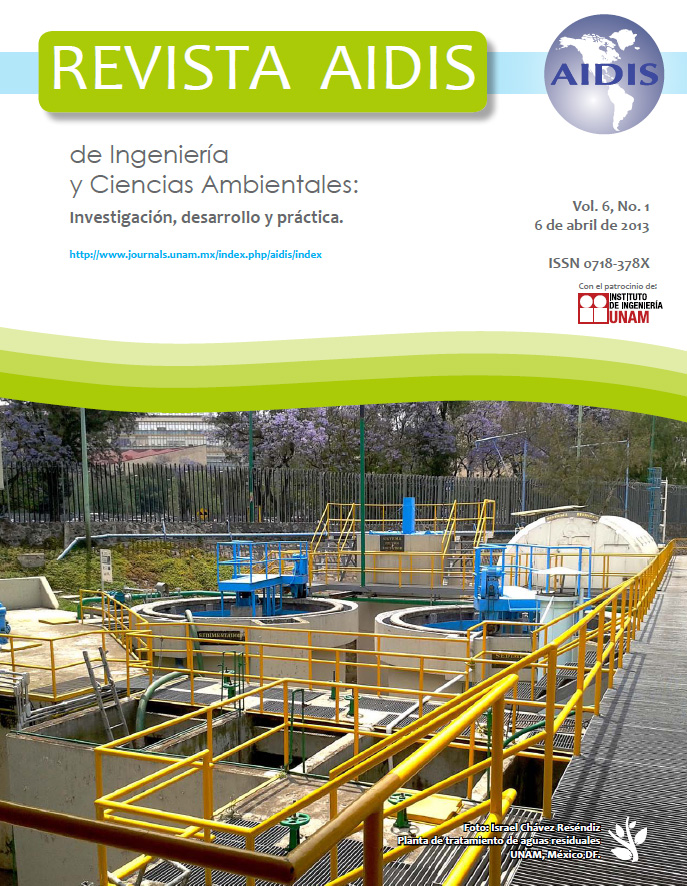SEWAGE TREATMENT USING SEPTIC TANK AND INFILTRATION TRENCH
Main Article Content
Abstract
The study and construction of a septic tank-infiltration trench as a sewage treatment alternative is proposed. It originates from a cesspool groundwater-contamination problem at Rafaela, Santa Fe, Argentina. Effluents from treatment outlets and the incidence of this system on surrounding groundwaters have been studied for three years.
In the wastewater the following parameters were analyzed: pH, chemical oxygen demand (COD), biological oxygen demand (BOD5), Total Nitrogen, Phosphorus and Ammonia. In groundwater the following variables were studied: pH, total solids, chlorides, total hardness, calcium, magnesium, total alkalinity, sulfate, nitrite, nitrate, ammonium and arsenic. In both cases, bacterial determinations were performed.A house with no sewerage yet, was evaluated as case study, aiming to extend the system to neighborhood houses under similar conditions. A significant decrease in COD and BOD5 concentrations was found on the treated effluents. Nearby groundwater measurements, in turn, demonstrate treatment advantages, since no pollution by nitrates, nitrites, ammonia and fecal bacteria was detected.
Key Words: Contamination, groundwater, infiltration trench, septic tank.


